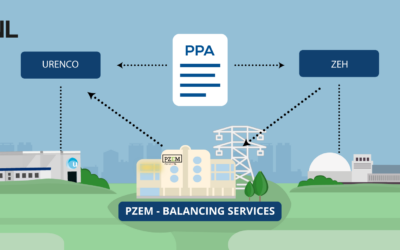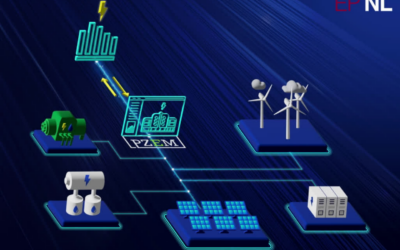View the press release
Use the links below to open the press release. You can read the Dutch press release message here.
Supply conditions
NS trains run climate-neutral by purchasing as many Guarantees of Origin (GVOs) on an annual basis as the amount of electricity they consume. The contract with NS states that PZEM supplies the electricity and Shell supplies GVOs that show where the power comes from. This guarantees that as much electricity is generated sustainably in Europe on an annual basis as NS consumes for running trains.
About us
In 2023, PZEM Energy Company (PZEM) joined the EPH group. PZEM is part of EP NL, a Dutch energy company focused on energy trading, the supply of electricity and gas, the management of a significant portfolio of sustainable PPAs (Power Purchase Agreements), as well as the operation of assets. This partnership brings together more than 100 years of experience in the energy sector and enables us to realise our shared ambitions as a reliable and ambitious player that actively contributes to shaping the future of the energy sector. With a cumulative capacity of 2.6 GW, EP NL has become one of the largest power plant operators in the Netherlands. Its modern, low-emission gas-fired power plants play a crucial role in providing the required flexible capacity to the energy system, allowing EP NL to react quickly to changing market conditions such as fluctuating prices, increasing renewable energy sources and changing grid conditions.




